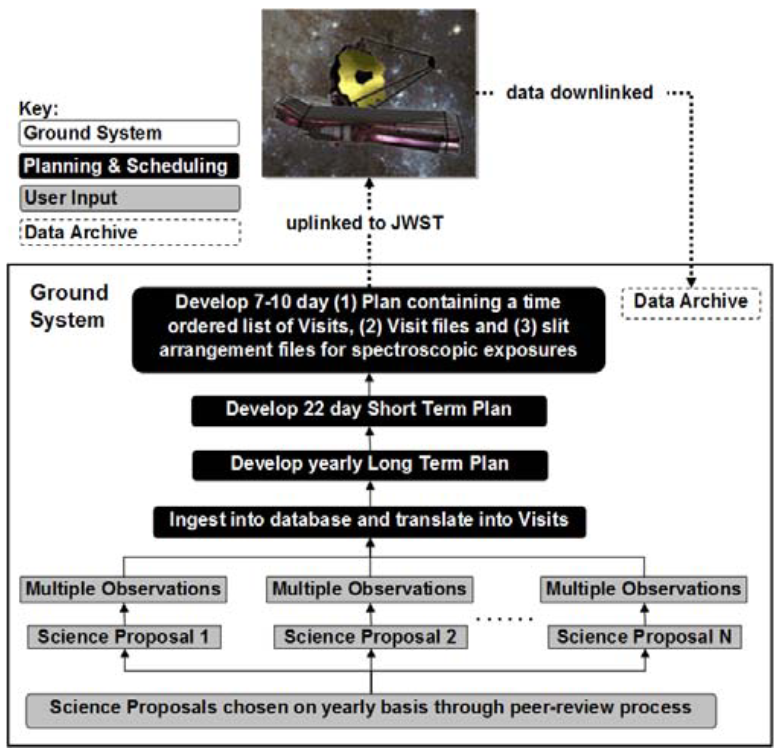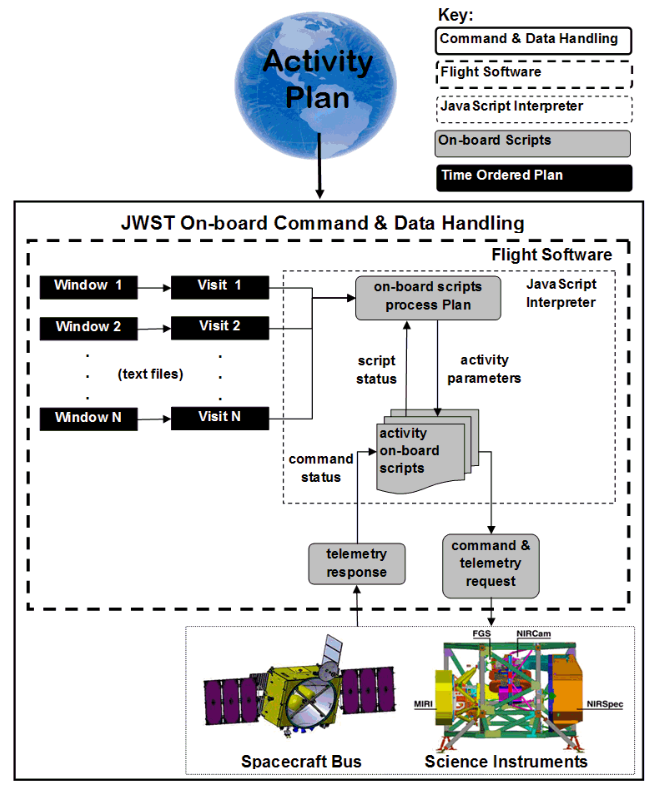NASA yesterday released the first full set of full-color images of the deep space from the James Webb Space Telescope (JWST).

According to the report, JWST is estimated to cost up to $10 billion in total. It was lifted off by an Ariane 5 rocket on Dec. 25 last year. Once in space, JWST will need to travel for a period of time before entering its intended orbit, and will remain in orbit thereafter. The orbit is located at the second Lagrangian point, where gravity is relatively stable, so it can maintain a constant position relative to neighboring objects, eliminating the need for frequent position corrections and allowing for more stable observations.
The flight software run by JWST is written in C++, but the specific operation scripts are written in custom JavaScript. In short, the flight software is used to operate the spacecraft and science instruments, with a proprietary JavaScript interpreter built in, while the JavaScript scripts are used to perform all specific operations and telemetry requests. The upper-level OPE (Observation Plan Executive) processes the observation plans, which contain a chronological list of activities (called visits), and the OPE passes the activity parameters of the visits to the lower-level scripts for invocation via a multi-threaded approach, which contain commands that directly run in real-time to control the spacecraft attitude These scripts contain commands to directly run commands to control the spacecraft attitude, science instruments


According to a paper published by the Space Telescope Science Institute, JWST’s overall event-driven architecture provides greater flexibility in operating the telescope and significantly simplifies the underlying system. In addition, the autonomy of the event-driven system provides spacecraft and science instrument commands based on telemetry responses. In the event of a malfunction, the telescope can continue with the portion of the science observing program that is unaffected by the event, thus ensuring maximum efficiency of the observatory.
Finally, Atwood’s Law - “Any application that can be written in JavaScript, will eventually be written in JavaScript " has been proven once again.